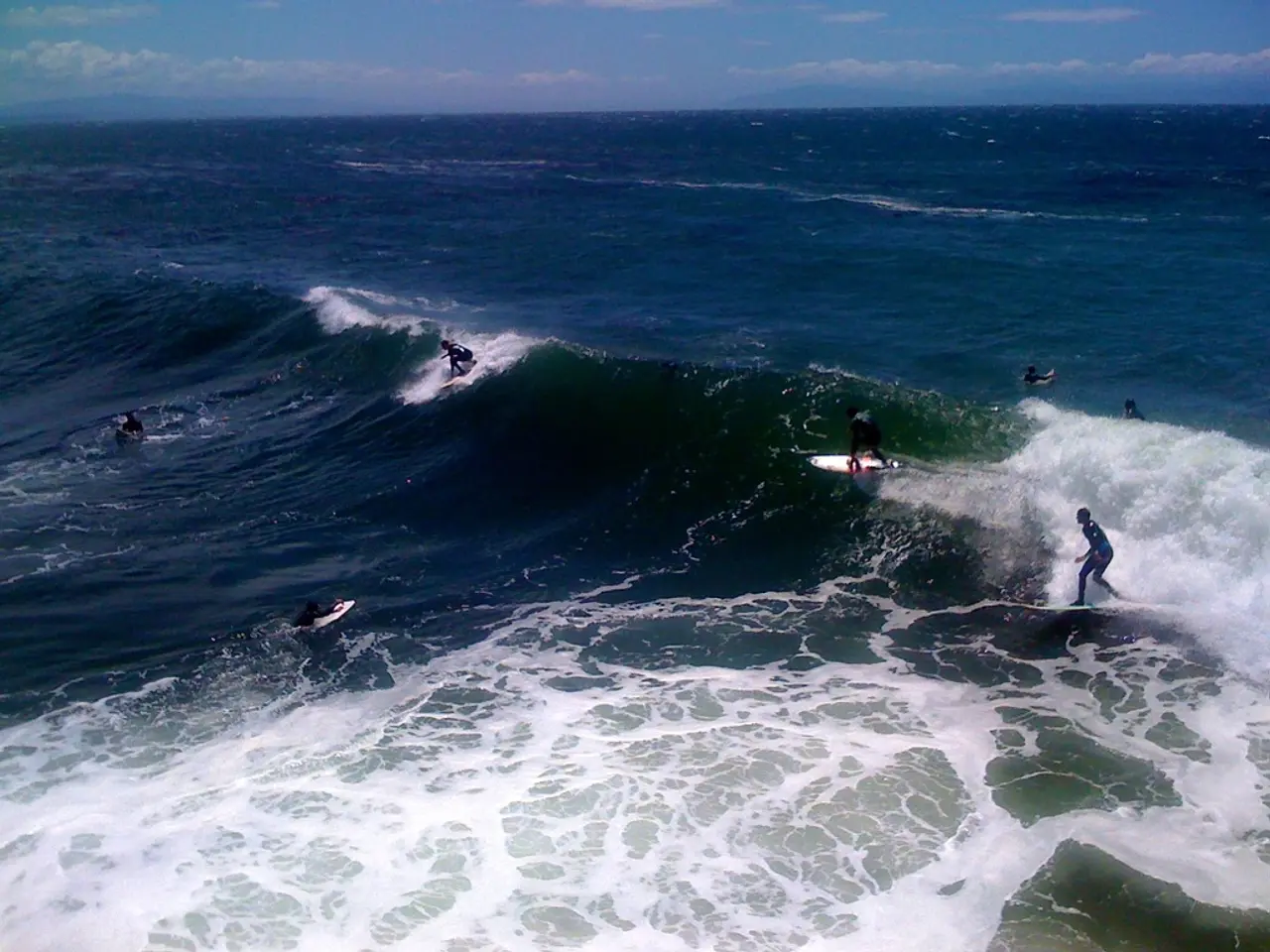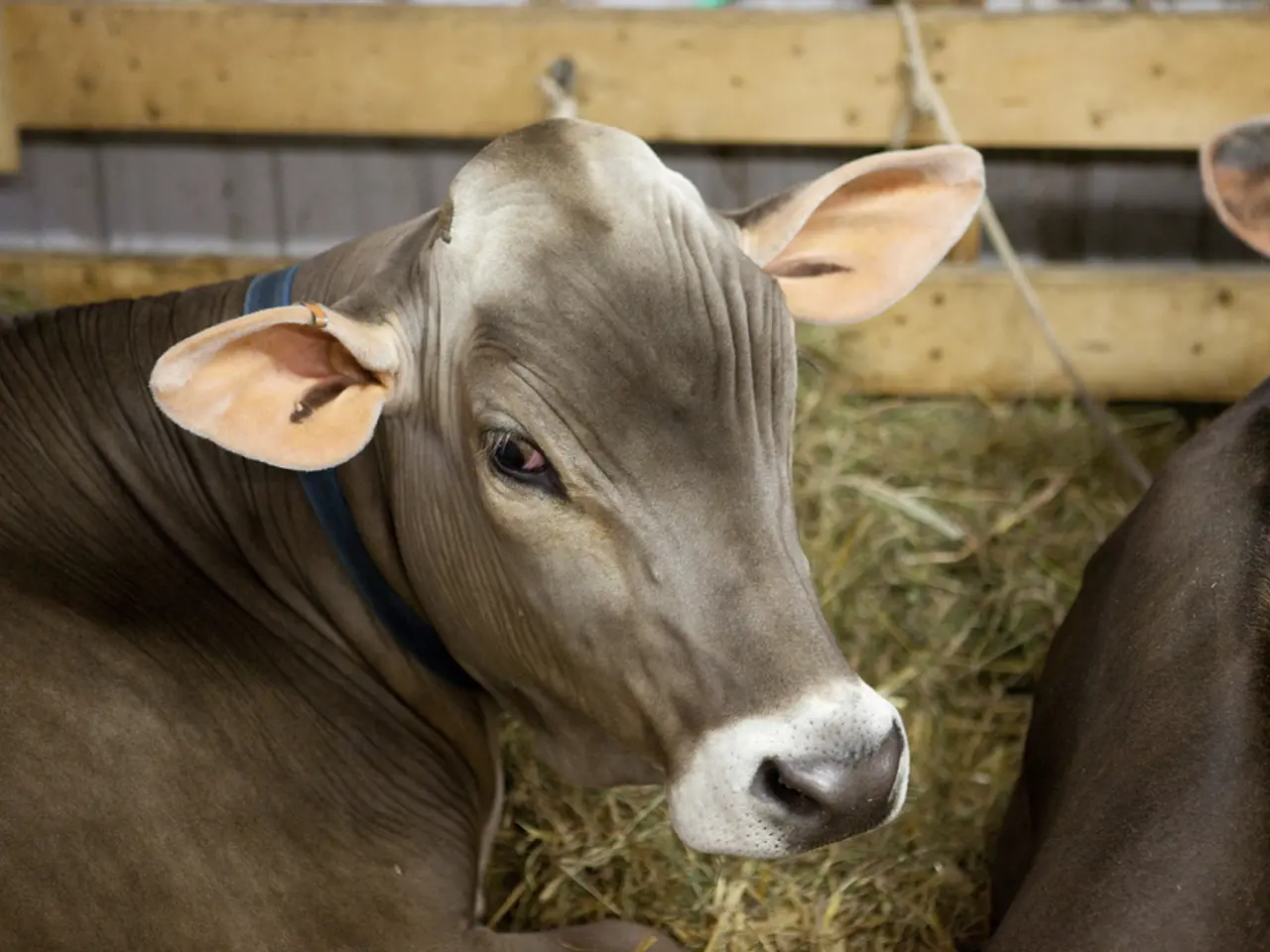Student Profiles from the 2014 SURF Program
The summer of 2014 witnessed an exciting influx of young minds as twenty college students from across the United States took part in the Scripps Undergraduate Research Fellowship (SURF). This ten-week summer research experience for undergraduates (REU) aimed to prepare students for graduate school and careers in marine and earth science.
The SURF program provided students with the opportunity to engage in cutting-edge scientific research. Leila Whitener, a student at Northwest Indian College, analysed seawater samples using high-performance liquid chromatography, while Dayo Osuntokun, a student at Columbia University, delved into the study of extremophilic bacteria at the bottom of the ocean.
Other participants included Melaina Wright from Wellesley College, who determined the sampling requirements for long-term ecological monitoring of fish communities, and Franco Migliolo from Florida Gulf Coast University, who studied bioluminescent parchment tube worms.
The students were not confined to the lab. Kieu Tran, a student at Unity College, studied how sea urchins respond to low-level oxygen in the Southern California Bight, while Deanna Moquin, a student at Guilford College, researched the bioacoustics of both weedy and leafy seadragons.
In addition to marine life, the research conducted by the students spanned various fields of earth, ocean, and atmospheric sciences. Amanuel Weldemariam, a student at UC San Diego, researched the effects of ocean acidification on a crab species, while Emily Kraemer, a senior at Harvard, analysed the density and composition of air samples from Mount Soledad in La Jolla, Calif.
Michael Olheiser, a student at Winona State University, looked at global climate models and how clouds respond to CO2 warming, and Carlos Alva, a fourth-year student at San Diego State University, researched halogenated organic compounds in squid.
Natalia Gutierrez, a senior at UCLA, focused on marine cyanobacterial production of polyhydroxybutyrate, and Aissa Yazzie, a graduate of Northwest Indian College, looked at stable isotopes of white fish muscles in benthic communities.
Each student was assigned a scientist mentor during the SURF program, providing them with guidance and support throughout their research journey. The students spent their time in labs and in the field, making significant contributions to the scientific community.
Rosario Flores, a senior at University of New Mexico, researched sea turtles and their skeletochronology, while Matt Hurley, a student at University of North Carolina at Chapel Hill, studied the physical oceanography of a region in the Southern Ocean known as the Drake Passage.
Isabel Herrera, a student at UC Santa Cruz, studied the Spanish shawl nudibranch, a species of sea slug mollusc, and Raquel Bryant, a senior at Brown University, examined ichthyoliths, tiny fossil fish teeth and shark scales.
While specific details about the 2014 SURF projects and their respective fields are not extensively documented in public sources, the Scripps Research Institute and the Scripps Institution of Oceanography are the ideal places to find comprehensive information about the research conducted by the 2014 SURF participants. The fellowship typically documents such details internally or in fellowship reports.
- Leila Whitener's research on ocean acidification, analyzing seawater samples using high-performance liquid chromatography, aligns with the broader field of climate science and environmental-science.
- Amanuel Weldemariam's study of the effects of ocean acidification on a crab species contributes to marine biology, a critical part of the interdisciplinary field of marine and earth science.
- Deanna Moquin's research on the bioacoustics of both weedy and leafy seadragons is an important contribution to the education-and-self-development of environmental science students, particularly in the area of marine biodiversity and marine and earth science.




